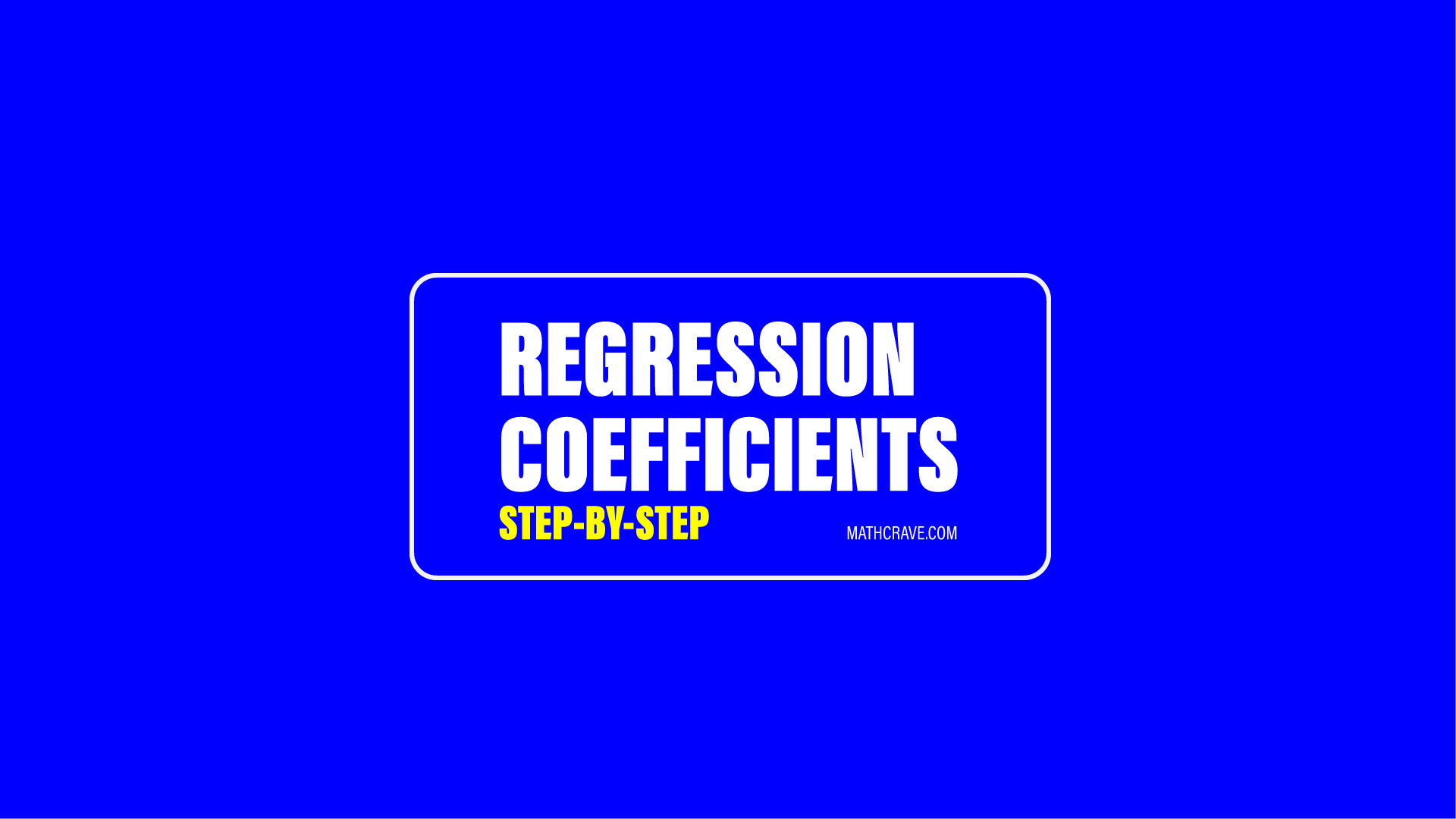
Regression coefficients are a powerful tool in your data analysis toolkit. They can be used to determine the strength of the relationships between two variables. Understanding them can reveal powerful insights into your data that can inform decisions and help to make informed predictions.
This guide will give you a comprehensive overview of what regression coefficients are and show you step-by-step how to use them. We’ll also provide worked examples so you can get a better grasp of how they’re used.
A regression coefficient is a numerical representation of the strength of the linear relationship between two variables. They are usually expressed as a decimal from -1 to 1. A negative coefficient means the two variables have an inverse relationship, meaning that as one increases, the other decreases. A positive coefficient means the two variables have a direct relationship, meaning that as one increases, the other increases. A coefficient of 0 means no relationship exists.
a_{yx} =\frac{n \sum xy -\sum x \sum y}{n \sum x^{2} -(\sum x)^{2}}To calculate a regression coefficient, you need to use the least squares method. This method requires you to determine the sum of the squares of the errors. The errors are the difference between the observed value of the dependent variable and the predicted value of the dependent variable. Once you have the sum of the squares of the errors, you can use this sum to calculate the regression coefficient.
Using regression coefficients provides you with several benefits, including:
To help you get a better understanding of how to calculate and interpret regression coefficients, let’s take a look at a couple of worked examples.
Use Regression Solver to Learn More
Let’s assume we’re looking at the effect of temperature on ice cream sales. We have a sample of 10 ice cream shops and their weekly sales. The regression coefficient for this relationship would be 0.7, a strong positive value, which tells us that as the temperature increases, so do the ice cream sales.
Now let’s switch to looking at the relationship between car sales and fuel prices. We have a sample of 10 car dealerships and the weekly sales data. The regression coefficient for this example is -0.4, a weak negative value, which tells us that as fuel prices increase, car sales decrease.
Take Away
We’ve now explored the basics of regression coefficients and looked at two worked examples. We’ve seen how regression coefficients can be used to calculate the strength of the relationship between two variables and how these relationships can be used to inform decisions or make predictions. With this guide and the examples, you have the knowledge you need to start using regression coefficients as a powerful tool for your data analysis.
